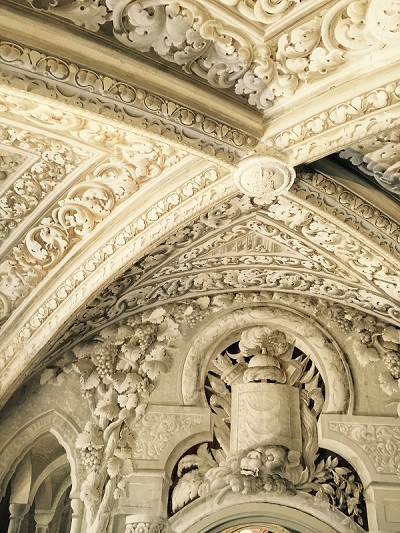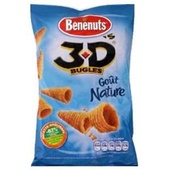The ISTE 3D Network is a special interest group (or personal learning network) of educators within the International Society for Technology in Education that are interested in the promise of 3D in K-20 learning. As an executive board member for the ISTE 3D Network, I find myself obliged to keep my tender toes dipped in the constantly changing waters of the educational 3D world.

|
JULIET: ‘Tis but thy name that is my enemy; – William Shakespeare’s Romeo and Juliet, 1600 |
At the upcoming ISTE 2015 conference, we are leading a panel presentation on the current state of 3D in education. At this event, I plan to reveal a recent empirical perception that has consistently garnered my attention. I am observing a clearly morphing nomenclature for the term ‘3D’.
Pena Palace, Sintra, Portugal Whether reading the literature, participating as an expert on the 2015 Horizon Report, working with a committee on the EdTechNext 3D in Learning report, or talking with colleagues, I am finding that the term 3D is a rapidly shifting target. It means many things to many people these days.
When someone speaks about ‘3D’, they may be referring to immersive digitally rendered 3D solutions; or they may have in mind the amazing 3D room in the Pena Palace in Sintra, Portugal (pictured below) in which the entire room looks like it has depth, but it was entirely painted on; or they may be referencing stereoscopic or autostereoscopic 3D visualization products; or they could be excitedly pushing the hottest virtual reality experiences; and they could even be describing augmented or mixed reality offerings. And I haven’t even mentioned 3D printing. In many cases, the actual term ‘3D’ may not be used, as it seems to convey “bad mojo” to some folks.
 The 3D room in Pena Palace, Sintra, Portugal. Painted but hard to tell!
The 3D room in Pena Palace, Sintra, Portugal. Painted but hard to tell!

Here are some examples of this, often occurring, 3D obfuscation:
- Within the behind-the-scenes platform for the 2015 Horizon Report (I served as a panel expert this year), panelists mystifyingly separated 3D technologies into four different categories. First, they saw most 3D as consumer technology and not an educational technology; interestingly, they also listed 3D under data visualization technologies, under a virtual reality category, and under an augmented/mixed reality category. You can see why 3D didn’t make the cut if they don’t quite agree on what it is!
- Many articles or press releases I read about virtual reality or augmented/mixed reality products are using stereo and/or rendered 3D, but these articles often steer clear of the “3D” moniker.
- Manufacturers, committees, and school technologists are constantly mixing up these technologies in their minds and lexicons.
- Chris Chinnock, one of our contributors and head of Insight Media wrote in a recent article: “This is how 3D is going to come back to life – via a VR headset”. In this case, the 3D is virtual reality.
Clearly, the abbreviation ‘3D’ is currently disappearing from some digital product marketing schemes, and is being replaced with other substitute words. We now must watch out for code words like “immersive”, “VR”, or “mixed reality”, to name but a few. 3D might be hiding there. You never know. The ways we now describe 3D visualization technologies are at the same time confusing, shifting, and converging. Let’s just say that conversations are never easy in this promethean field.
I suppose part of the complication we face is 3D has truly become a culturematic in modern society. For example, in my recent visit to Portugal, I saw this product on a Lisbon shelf:
 “Cada pedaço de 3D’s leva-te a uma dimensão desconhecida: Vais desfrutar três vezes mais!”
“Cada pedaço de 3D’s leva-te a uma dimensão desconhecida: Vais desfrutar três vezes mais!”
“Each piece of 3D’s takes you to an unknown dimension : You’ll enjoy it three times!”
And now, in an apparently new twist, 3D now applies to new dimensions of taste!
In my lead-in quotation, Juliet laments:
“What’s in a name? That which we call a rose by any other name would smell as sweet”.
Of course, this means it matters what something is, not what it may be called. But in the education world, it sure makes it harder to hold conversations, build momentum, and do business around the notion of 3D. – Len Scrogan

